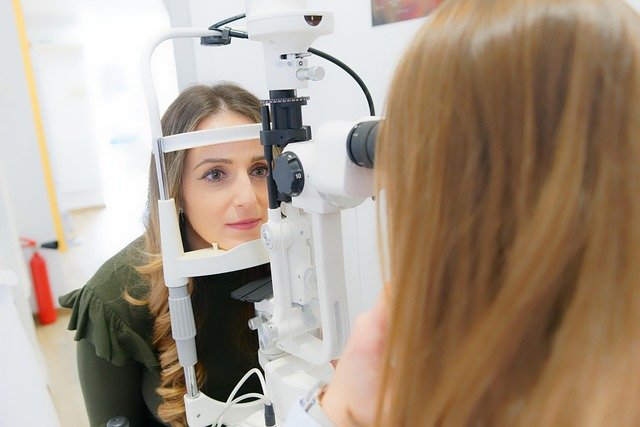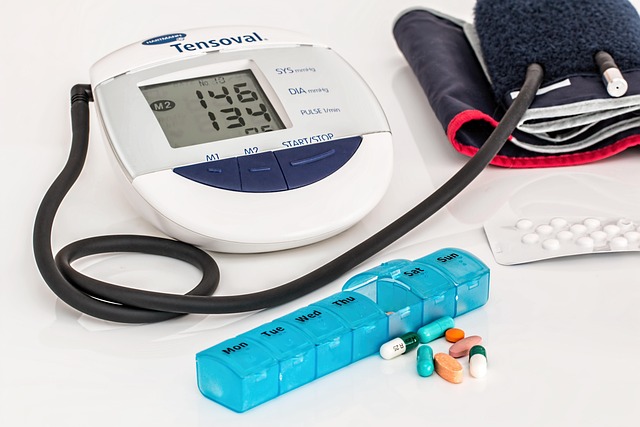Imagine Life Without Glasses: Discover How LASIK Surgery Can Transform Your Vision
Living with glasses or contact lenses can be challenging, affecting everything from sports activities to daily routines. LASIK eye surgery has emerged as a revolutionary solution, offering freedom from corrective eyewear through a precise, blade-free procedure. This comprehensive guide explores how LASIK works, its benefits, and what you can expect from this vision-transforming treatment.

What is LASIK Eye Surgery and How Does it Work?
LASIK (Laser-Assisted In Situ Keratomileusis) is a refractive surgery that reshapes the cornea to correct vision problems. The procedure involves creating a thin flap in the cornea’s surface, then using an excimer laser to precisely remove microscopic amounts of tissue, effectively restructuring the cornea to improve focus. This advanced technique can correct nearsightedness, farsightedness, and astigmatism.
What Vision Problems Can LASIK Correct?
LASIK surgery effectively addresses multiple vision issues:
-
Myopia (nearsightedness): difficulty seeing distant objects
-
Hyperopia (farsightedness): trouble focusing on nearby objects
-
Astigmatism: irregular cornea shape causing blurred vision
-
Presbyopia: age-related difficulty with near vision (though results may vary)
What is the Difference Between LASIK and Other Laser Eye Surgeries?
Several laser eye surgery options exist, each with distinct characteristics:
LASIK: Creates a corneal flap and reshapes underlying tissue
PRK: Removes the outer corneal layer completely before reshaping
SMILE: Uses a smaller incision and removes a disc of tissue
LASEK: Creates a thinner flap than LASIK using alcohol solution
Each procedure suits different eye conditions and anatomical considerations, making consultation crucial for determining the best option.
What to Expect When Doing LASIK Eye Surgery?
The LASIK procedure typically follows these steps:
-
Pre-surgery evaluation and measurements
-
Numbing eye drops administration
-
Creation of corneal flap
-
Laser reshaping of corneal tissue
-
Flap replacement
-
Initial recovery period (24-48 hours)
Most patients report improved vision within 24 hours, though complete stabilization may take several months.
What Are the Success Rates and Potential Risks?
LASIK boasts impressive success rates, with about 96% of patients achieving their desired vision. However, potential risks include:
-
Dry eyes
-
Light sensitivity
-
Night vision issues
-
Under or over-correction
-
Rare complications like infection
What Are the Typical Costs and Recovery Expectations?
| Procedure Type | Average Cost Range | Recovery Time |
|---|---|---|
| Traditional LASIK | $2,000-$3,000 per eye | 24-48 hours |
| Custom LASIK | $2,500-$4,000 per eye | 24-48 hours |
| Bladeless LASIK | $2,200-$3,500 per eye | 24-48 hours |
Prices, rates, or cost estimates mentioned in this article are based on the latest available information but may change over time. Independent research is advised before making financial decisions.
Recovery typically involves:
-
Avoiding eye rubbing for 1-2 weeks
-
Using prescribed eye drops
-
Wearing protective shields while sleeping
-
Attending follow-up appointments
-
Gradually returning to normal activities
This article is for informational purposes only and should not be considered medical advice. Please consult a qualified healthcare professional for personalized guidance and treatment.




